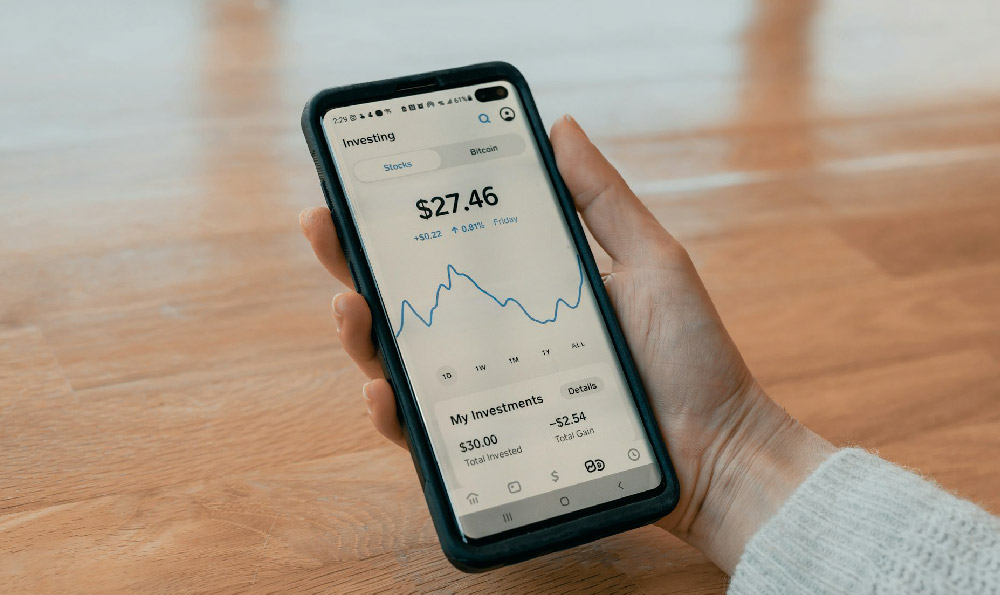Fortnite, the cultural phenomenon that has captivated millions worldwide, isn't just a game; it's a digital ecosystem fueling a multi-billion dollar industry. Understanding the magnitude of its financial footprint requires dissecting its revenue streams and analyzing the factors that contribute to its annual income. While Epic Games, the developer of Fortnite, is privately held and doesn't publicly disclose granular financial data, reliable estimates and industry analyses provide a compelling picture of its staggering revenue generation.
The primary driver of Fortnite's revenue is undeniably its in-game purchases. The game itself is free-to-play, a strategically brilliant move that democratized access and fostered a massive player base. This free access, however, serves as a funnel leading players to the game's lucrative monetization system. The in-game store offers a constantly rotating selection of cosmetic items, including character skins, emotes (dances and gestures), weapon wraps, gliders, and pickaxes. These items are purchased using V-Bucks, Fortnite's in-game currency, which players acquire through real-world money. The appeal of these cosmetics lies in their aesthetic value and the opportunity for players to express their individuality within the game. Epic Games masterfully capitalizes on this desire for customization by releasing new and limited-time items regularly, creating a sense of urgency and encouraging frequent purchases. Scarcity and trendsetting further fuel the demand, as players seek to acquire the latest "cool" skins and emotes before they disappear from the store. The brilliance here is that these are purely cosmetic; they don't impact gameplay, ensuring a level playing field while still incentivizing spending.
Another significant contributor to Fortnite's revenue is the Battle Pass. Each season, players have the option to purchase a Battle Pass, which grants access to exclusive challenges and rewards. By completing these challenges, players unlock a progressive stream of cosmetic items and V-Bucks. The Battle Pass operates on a compelling reward loop, encouraging consistent engagement and providing players with a tangible sense of progression. The allure of unlocking increasingly impressive and unique rewards keeps players hooked, and the inclusion of V-Bucks within the Battle Pass system cleverly incentivizes future purchases. A player who consistently completes the Battle Pass can accumulate enough V-Bucks to purchase the next season's Battle Pass, creating a self-sustaining cycle of engagement and expenditure. This clever design effectively monetizes player time and dedication.

Beyond in-game purchases, Fortnite also generates revenue through collaborations and partnerships. These collaborations often involve integrating iconic characters and themes from popular movies, TV shows, and video games into the Fortnite universe. These collaborations not only bring fresh content and excitement to the game but also create unique marketing opportunities. Licensed skins and items associated with these partnerships are highly sought after, driving sales and expanding Fortnite's reach to new audiences. For example, collaborations with Marvel, DC Comics, and Star Wars have proven immensely successful, attracting both dedicated fans of those franchises and existing Fortnite players eager to acquire these exclusive items. These partnerships are mutually beneficial, providing Epic Games with revenue streams and the collaborating brands with significant exposure to Fortnite's vast player base.
Analyzing historical data and industry reports suggests that Fortnite's annual revenue has fluctuated over time, influenced by factors such as the game's popularity, the introduction of new content, and overall market trends. In its peak years, estimates place Fortnite's annual revenue in the billions of dollars. While subsequent years may have seen slight declines due to increased competition and evolving player preferences, Fortnite consistently remains a top-grossing game globally. The constant evolution of the game, with its frequent updates, new seasons, and innovative gameplay mechanics, is crucial in maintaining player engagement and ensuring sustained revenue generation. Epic Games continually invests in improving the game and adding fresh content, recognizing the importance of keeping the experience engaging and rewarding for its player base.
The game's popularity on various platforms, including PC, consoles, and mobile devices, also contributes significantly to its overall revenue. While the iOS version of Fortnite is currently unavailable due to a dispute between Epic Games and Apple, the game continues to thrive on other platforms. The accessibility of Fortnite across multiple devices allows players to engage with the game whenever and wherever they choose, maximizing its potential for revenue generation. The cross-platform play feature further enhances the experience by allowing players on different devices to play together, expanding the social aspect of the game and fostering a larger and more engaged community.
Furthermore, the Fortnite World Cup and other esports events related to the game contribute to its revenue through sponsorships, advertising, and merchandise sales. These events attract millions of viewers online and in person, providing Epic Games with valuable marketing opportunities and generating revenue from various sources. The competitive aspect of Fortnite adds another layer of appeal, attracting dedicated players and viewers who are invested in the game's esports scene.
In conclusion, estimating Fortnite's exact annual revenue remains a complex undertaking due to the private nature of Epic Games' financial data. However, by analyzing available industry reports, tracking in-game purchase trends, and considering the impact of collaborations and esports events, a reasonable estimate can be formed. While fluctuations are inherent in the gaming industry, Fortnite has consistently demonstrated its ability to generate substantial revenue through its innovative monetization strategies, engaging gameplay, and widespread popularity. The game's continued success depends on Epic Games' ability to adapt to evolving player preferences, introduce fresh content, and maintain a thriving and engaged community. The interplay of free-to-play accessibility, compelling cosmetic items, strategic partnerships, and a vibrant esports scene has cemented Fortnite's position as a financial powerhouse in the gaming world, generating billions annually, solidifying its status as more than just a game, but a multifaceted entertainment platform.











